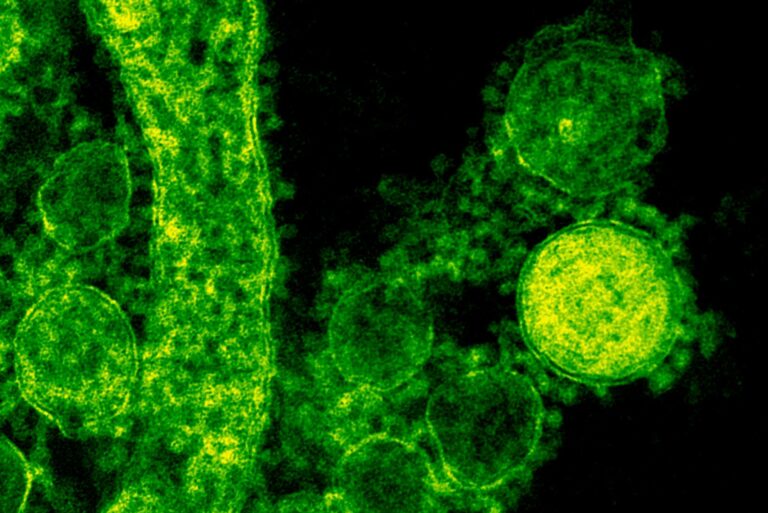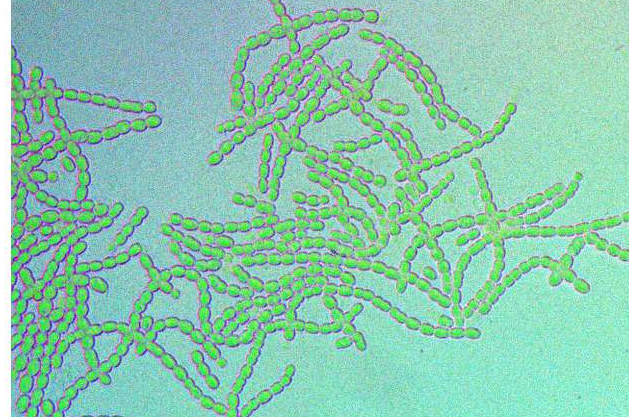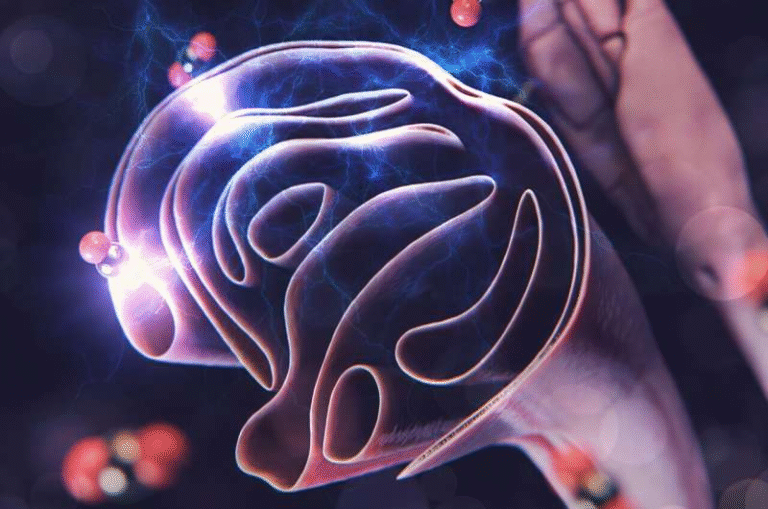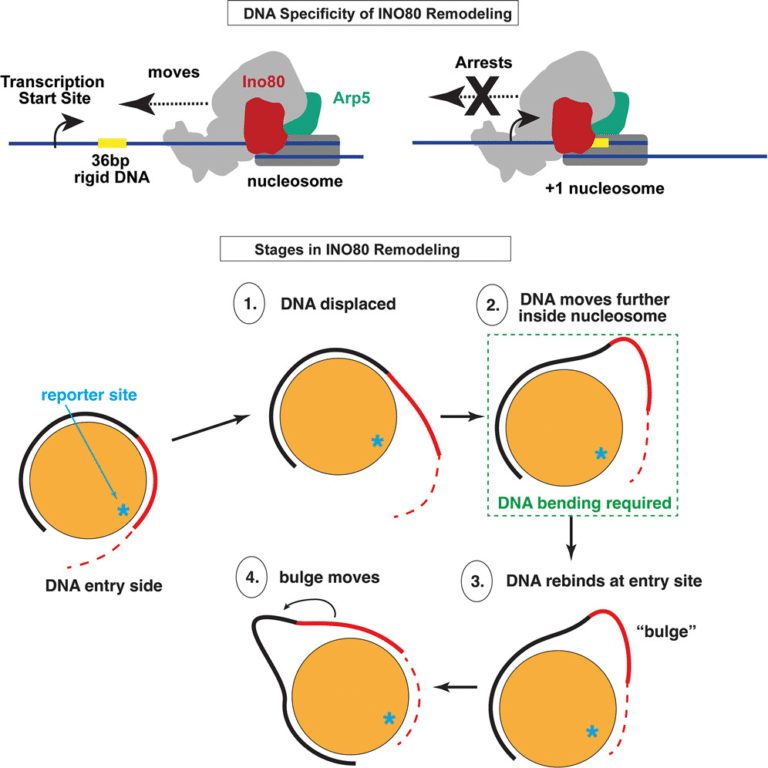Scientists Build Artificial Neurons That Communicate Like the Real Thing

Engineers at the University of Massachusetts Amherst have achieved something that has long fascinated both neuroscientists and computer engineers — they’ve created an artificial neuron that behaves almost exactly like a biological one.
What makes this even more impressive is that it doesn’t just mimic the way neurons fire; it actually matches the same voltage, energy use, and response characteristics as the ones inside your brain.
This breakthrough, published in Nature Communications in September 2025, represents a significant step toward building electronics that can speak the same language as living cells. These new neurons are made from protein nanowires produced by electricity-generating bacteria, and they could open the door to bio-hybrid systems that merge living tissue with electronic intelligence.
The Problem: Power and Compatibility
Our brains are astonishingly efficient. They process huge amounts of data continuously, from thought and movement to perception and memory, and yet the entire human brain runs on about 20 watts of power—roughly what a dim light bulb uses.
Compare that to the energy demands of modern artificial intelligence systems. Large language models, for instance, can consume well over a megawatt of electricity to generate similar levels of complex computation. That’s about 50,000 times more power than your brain.
The discrepancy comes down to how neurons work. Biological neurons operate at very low voltages, typically around 0.1 volts, using electrochemical signals that ripple through networks of interconnected cells. Reproducing that low-power behavior in electronics has been extremely difficult.
Previous attempts at creating “artificial neurons” have succeeded in mimicking some aspects of neuron firing — such as generating pulses or responding to inputs — but they’ve always required much higher voltages. In some cases, they used 10 times more voltage and 100 times more power than natural neurons, making them impractical for real biological interfaces.
The challenge has been to reduce that voltage without losing functionality — and that’s exactly what the UMass Amherst team has managed to do.
How the New Artificial Neuron Works
The heart of this new neuron is a type of device called a memristor — short for “memory resistor.” A memristor doesn’t just pass current; it remembers how much current has flowed through it in the past. This property makes it a perfect candidate for simulating how real neurons “learn” and adapt based on experience.
What makes this version unique is that the researchers used protein nanowires made by a bacterium known as Geobacter sulfurreducens. This microbe is famous for producing conductive protein filaments that can carry electric charge. By integrating these nanowires into a memristor circuit, the researchers achieved a system that operates at biological voltage levels.
These protein-based nanowires act as ultra-efficient electrical conduits, allowing the neuron to fire at just 0.1 volts—the same as neurons inside the brain. This is a massive leap forward in energy efficiency and functional realism.
The artificial neuron also includes resistor-capacitor (RC) circuits that simulate the buildup and release of electrical charge in natural neurons. This structure allows it to reproduce the integration, firing, and resetting phases that define how biological neurons operate.
Even more impressively, the researchers demonstrated that the artificial neuron can respond not just to electrical signals, but also to chemical cues—just like real neurons that react to neurotransmitters. This chemical sensitivity enables a form of neuromodulation, meaning the artificial neuron can adjust its behavior based on external biochemical signals.
Direct Communication With Living Cells
One of the most groundbreaking parts of this study is that the artificial neurons can connect directly with real biological cells.
In experiments, the researchers linked their synthetic neurons with cardiomyocytes, which are heart muscle cells. They found that the artificial neuron could “listen” to the electrical activity of the living cells and respond appropriately. When the heart cells were exposed to drugs like norepinephrine—which alters heart rate and cell signaling—the artificial neuron detected and reflected those changes in real time.
This kind of bioelectronic interface has been a long-standing goal in both medicine and neuromorphic engineering. Traditional electronic sensors need amplifiers to detect biological signals, because living cells emit very weak voltages that most circuits can’t read directly. Amplifiers, however, add extra power consumption and circuit complexity.
The UMass Amherst neuron eliminates the need for those amplifiers. Because it naturally operates at the same voltage level as living cells, it can interface directly — no middleman needed.
That’s not just an engineering milestone; it’s a potential game-changer for medical technology.
Why This Matters: Energy, Efficiency, and the Future of Computing
This research sits at the crossroads of biology and electronics — an area sometimes called neuromorphic engineering. The goal of this field is to build computers and circuits that process information like the brain does: in parallel, using spikes of electrical activity rather than binary on/off signals.
Neuromorphic systems are already being explored by companies like Intel, IBM, and others, but most rely on silicon-based electronics that still use much more power than biological systems.
By bringing voltage and power levels closer to those found in the human body, the UMass Amherst team’s design could make neuromorphic chips vastly more efficient. That could lead to brain-like computers capable of learning and pattern recognition with minimal energy use.
And beyond computing, these low-voltage neurons could form the foundation for next-generation bioelectronic devices. Think of prosthetics, medical implants, or wearable systems that could directly interact with nerve cells or organs. They could monitor biological states or even replace damaged neural circuits — all while consuming minimal power.
This is the kind of technology that could eventually allow electronics and biology to merge seamlessly.
The Secret Ingredient: Geobacter and Its Protein Nanowires
A fascinating aspect of this research is the biological material at its core: the bacterium Geobacter sulfurreducens.
Discovered in the 1980s, Geobacter is known for its unusual ability to generate electricity by transferring electrons to metals or minerals in its environment. It grows tiny, conductive protein filaments—called nanowires—that act like natural electrical cables.
These protein nanowires have found uses in a range of surprising applications developed by the same research group. They’ve created:
- A biofilm powered by human sweat that can generate electricity for small devices.
- An “electronic nose” that can detect chemical signatures related to diseases.
- A device that can harvest electricity from humidity in the air, dubbed the “Air-Gen.”
Now, with the artificial neuron, they’ve shown that these nanowires can form the basis of devices that don’t just use electricity — they speak the electrochemical language of life itself.
Challenges and Next Steps
While this achievement is groundbreaking, it’s still a proof of concept. Scaling it up into networks of thousands or millions of neurons, or embedding it into practical devices, won’t be easy.
Some key challenges include:
- Durability and stability: Biological materials can degrade over time, especially in different environmental or physiological conditions.
- Biocompatibility: Long-term integration with living tissue must avoid immune responses or cellular damage.
- Complexity: Real neurons don’t work in isolation. They’re part of dynamic networks with feedback loops, learning rules, and chemical diversity that far exceed current models.
- Manufacturing: Creating consistent, scalable artificial neurons using protein nanowires will require new fabrication techniques.
Despite these hurdles, the progress so far is encouraging. The device already demonstrates matching voltage levels, dynamic chemical modulation, and biological interfacing — a trifecta that few, if any, prior artificial neurons have achieved.
A Glimpse Into the Future
If researchers can refine this technology, we could see an era where bioelectronic systems blend into our lives as naturally as smartwatches and pacemakers do today. Imagine medical implants that regulate neural activity for conditions like epilepsy or Parkinson’s — not through brute-force electrical pulses, but through subtle, neuron-like communication.
Or consider brain-inspired computers that process information through massive networks of artificial neurons — systems that could revolutionize AI by making it both smarter and vastly more energy-efficient.
This is also a significant milestone in the broader vision of synthetic biology and electronic integration, where the line between “living” and “machine” begins to blur.
Who Supported the Research
This work was funded by the Army Research Office, the U.S. National Science Foundation, the National Institutes of Health, and the Alfred P. Sloan Foundation — reflecting strong interest in both the defense and biomedical potential of neuromorphic systems.
The study’s lead author, Shuai Fu, is a graduate researcher in electrical and computer engineering at UMass Amherst. The senior author, Jun Yao, has worked extensively on devices based on Geobacter nanowires, pushing the boundaries of bio-inspired electronics.
Their collaboration shows what’s possible when microbiology, materials science, and electrical engineering converge on a single challenge: making machines that behave more like us.





